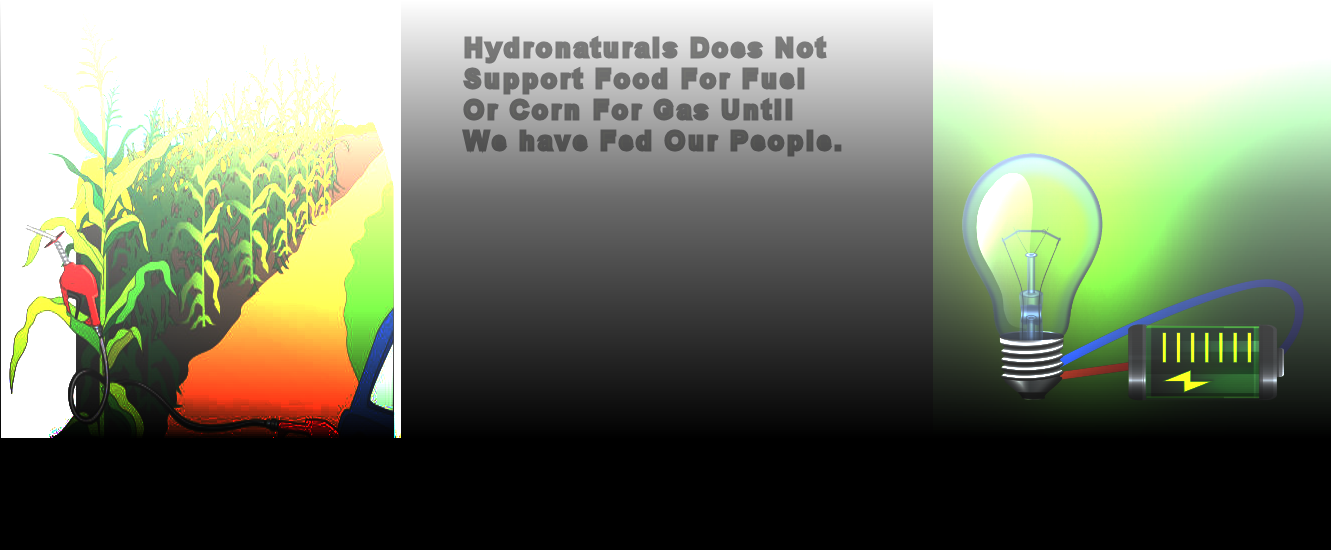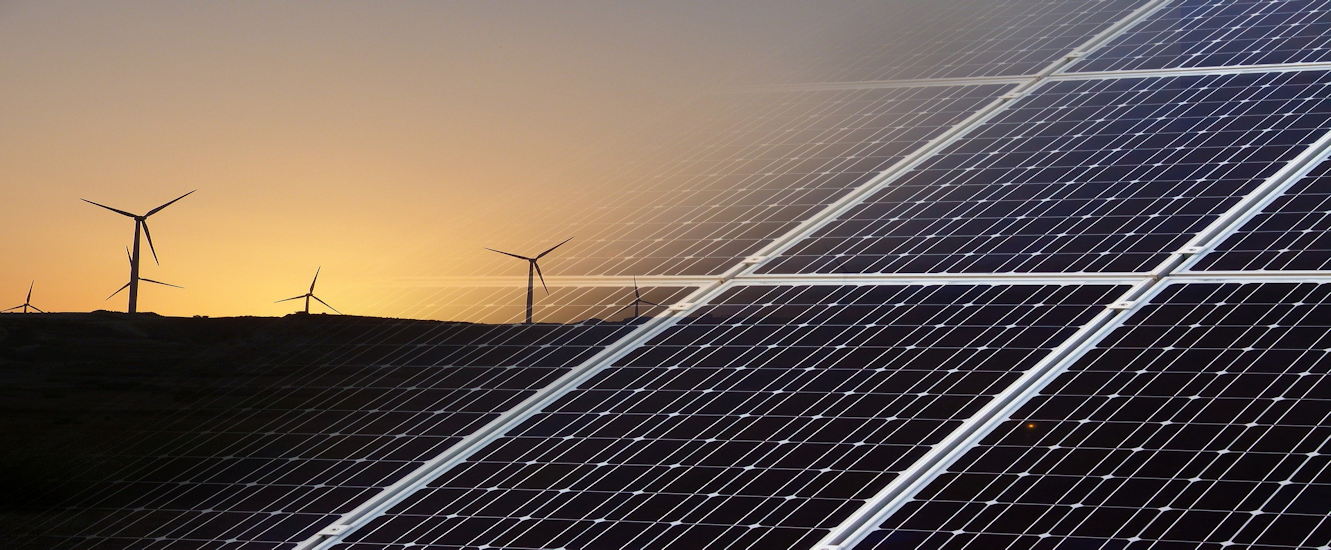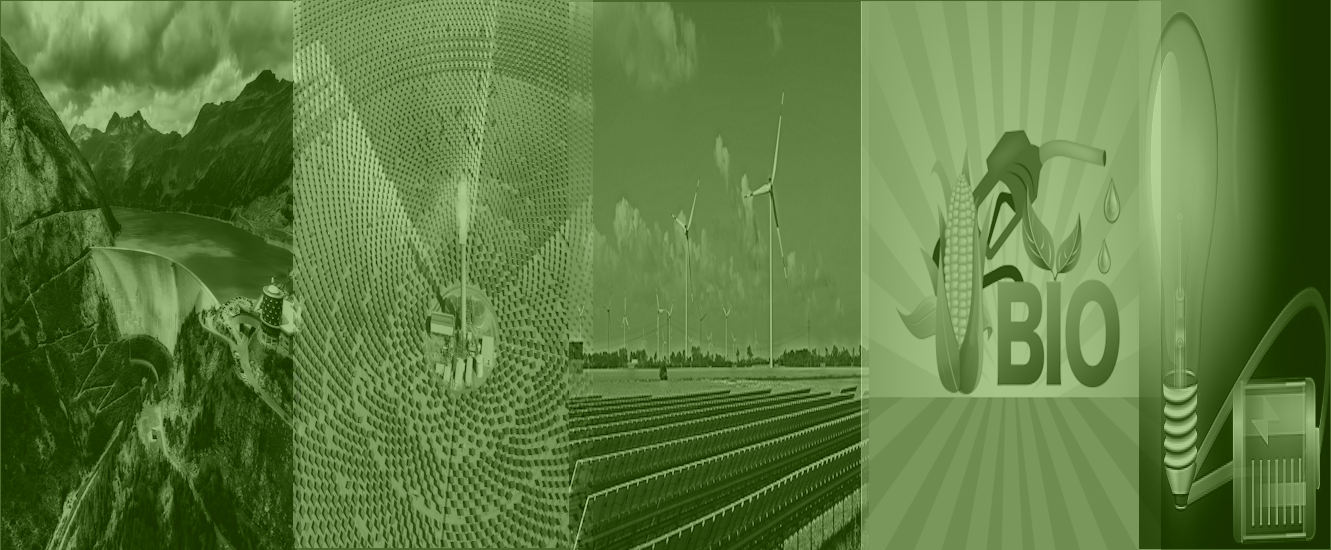Multiple Resources Give Multiple Possibilities
In the middle of the 20th century the only choice availabe for green energy was hydropower.
By the 1990's we were at half the use by hydropower that we were in the 1950's.
WHY!
In the late 80's and early 90's solar began to take hold then came wind. Now we have solar , wind, tidal power, bio-fuel, methane gas recovery (may also be considered a bio-fuel) wave power and concentrated solar power. Heaven forbid we should get to a point where we are using only alternaive green energy. What would the oil companies do if they couldn't pocket billions every month.
Some Oil Companies Are Stepping Up
ExxonMobil® is pursuing research into second generation biofuels to determine how they may best fit into our energy future. Second generation biofuels are defined as those produced from non-edible crops, crop residues or biologically generated gas and therefore do not take away from the total food or fresh water supply. Examples include algae, corn stover, switchgrass or methane emitted from microbial activity in landfills.
There are number of reasons that algea produced bio-fuel rates high with Hydronaturals®:
- Unlike making ethanol and biodiesel, producing algae does not compete with sources of food, rendering the food-vs.-fuel quandary a moot point.
- Because algae can be produced in brackish water, including seawater, its production will not strain freshwater resources the way ethanol does.
- Algae can yield more biofuel per acre than plant-based biofuels – currently about 1,500 gallons of fuel per acre, per year. That’s almost five times more fuel per acre than from sugar cane or corn.

If you wish to vote on the Food vs. Fuel issue Follow This Link





